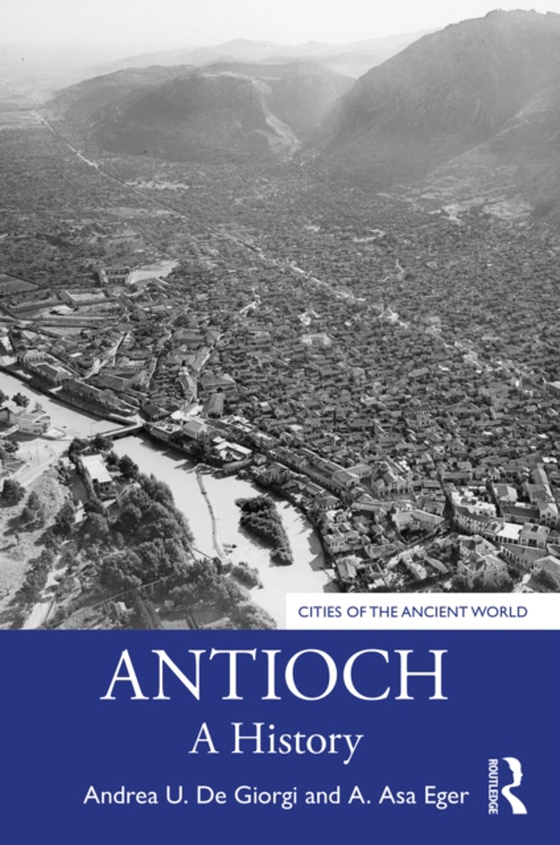
Antioch e-bog
322,59 DKK
(inkl. moms 403,24 DKK)
Winner of ASOR's 2022 G. Ernest Wright Award for the most substantial volume dealing with archaeological material, excavation reports and material culture from the ancient Near East and Eastern Mediterranean. This is a complete history of Antioch, one of the most significant major cities of the eastern Mediterranean and a crossroads for the Silk Road, from its foundation by the Seleucids, thro...
E-bog
322,59 DKK
Forlag
Routledge
Udgivet
30 maj 2021
Længde
610 sider
Genrer
ACK
Sprog
English
Format
pdf
Beskyttelse
LCP
ISBN
9781317540427
Winner of ASOR's 2022 G. Ernest Wright Award for the most substantial volume dealing with archaeological material, excavation reports and material culture from the ancient Near East and Eastern Mediterranean. This is a complete history of Antioch, one of the most significant major cities of the eastern Mediterranean and a crossroads for the Silk Road, from its foundation by the Seleucids, through Roman rule, the rise of Christianity, Islamic and Byzantine conquests, to the Crusades and beyond.Antioch has typically been treated as a city whose classical glory faded permanently amid a series of natural disasters and foreign invasions in the sixth and seventh centuries CE. Such studies have obstructed the view of Antioch's fascinating urban transformations from classical to medieval to modern city and the processes behind these transformations. Through its comprehensive blend of textual sources and new archaeological data reanalyzed from Princeton's 1930s excavations and recent discoveries, this book offers unprecedented insights into the complete history of Antioch, recreating the lives of the people who lived in it and focusing on the factors that affected them during the evolution of its remarkable cityscape. While Antioch's built environment is central, the book also utilizes landscape archaeological work to consider the city in relation to its hinterland, and numismatic evidence to explore its economics. The outmoded portrait of Antioch as a sadly perished classical city par excellence gives way to one in which it shines as brightly in its medieval Islamic, Byzantine, and Crusader incarnations. Antioch: A History offers a new portal to researching this long-lasting city and is also suitable for a wide variety of teaching needs, both undergraduate and graduate, in the fields of classics, history, urban studies, archaeology, Silk Road studies, and Near Eastern/Middle Eastern studies. Just as importantly, its clarity makes it attractive for, and accessible to, a general readership outside the framework of formal instruction.
 Dansk
Dansk

